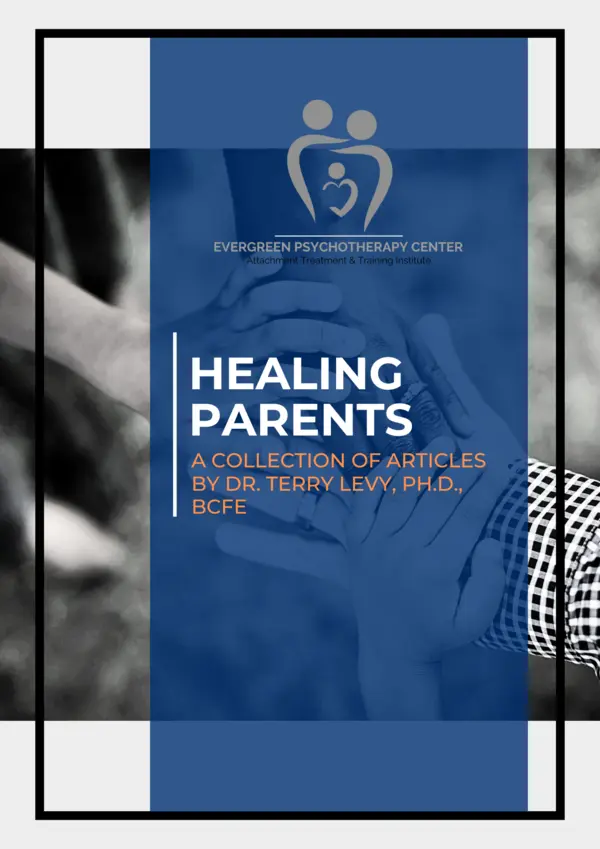Background reading
Early experiences with caregivers shape a child’s core beliefs about self, others, and life in general. Experiences of the baby and young child are encoded in the brain. Emotional experiences of nurturance and protection are encoded in the brain’s limbic area, the emotional center. Over time, repeated encoded experiences become internal working models – core beliefs about self, self in relation to others, and the world in general. These core beliefs become the lens through which children (and later adults) view themselves and others, especially authority and attachment figures. Core beliefs serve to interpret the present and anticipate the future.
The core beliefs of children who have experienced secure and compromised attachments in the early years are as follows:
Secure Attachment
- Self: “I am good, wanted, worthwhile, competent, and lovable.”
- Caregivers: “They are appropriately responsive to my needs, sensitive, dependable, caring, trustworthy.”
- Life: “My world feels safe; life is worth living.”
Compromised Attachment
- Self: “I am bad, unwanted, worthless, helpless, and unlovable.”
- Caregivers: “They are unresponsive to my needs, insensitive, hurtful, and untrustworthy.”
- Life: “My world feels unsafe; life is painful and burdensome.”
The goal of Corrective Attachment Parenting is not merely to change childrens’ behavior, but rather to change their negative core beliefs. This is quite challenging, because core beliefs are rigid, automatic, and associated with self-protection and survival. Your relationship with your child becomes the pathway to change and healing. Without change, negative core beliefs formed early in life remain fixed into adulthood, with severe social and emotional consequences.

